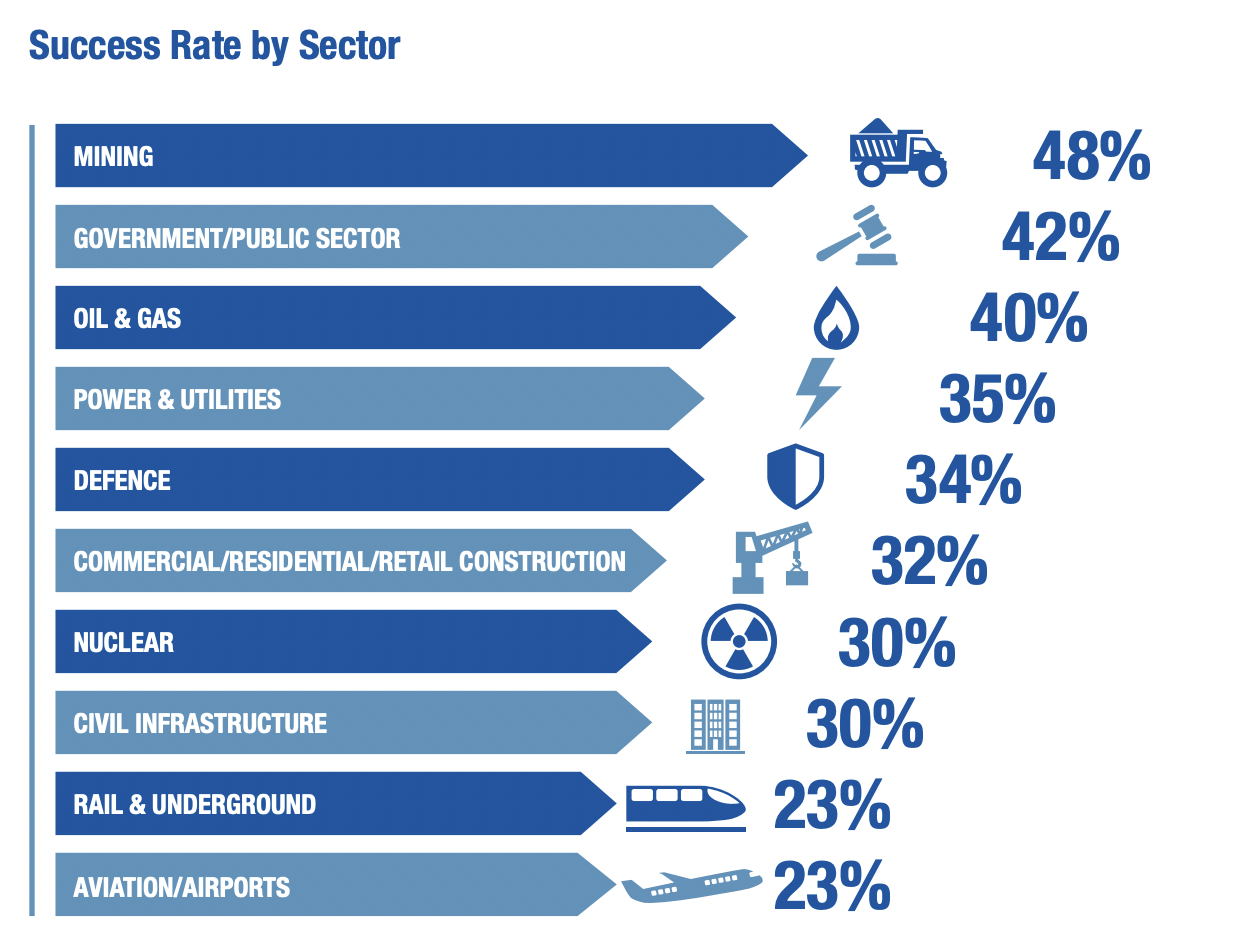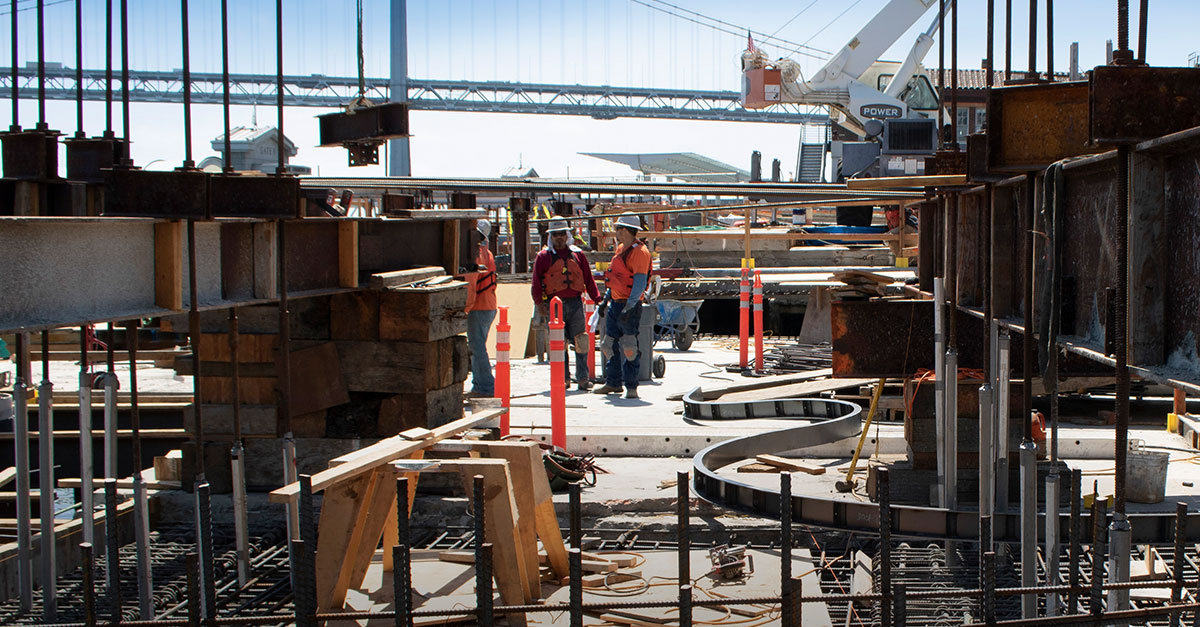How Proactive Maintenance Can Help Construction Projects Workflow
 Construction projects are invariably tight in terms of budget and timelines. The very nature of the industry, which is highly competitive and often runs on razor-thin profit margins, dictates that construction projects are negotiated and planned with strict deadlines. However, these deadlines often come under pressure due to unforeseen factors such as inclement weather or sudden demands by the client or general contractor. The result can be delays that can have serious implications, financial, logistical and otherwise, for construction companies.
Construction projects are invariably tight in terms of budget and timelines. The very nature of the industry, which is highly competitive and often runs on razor-thin profit margins, dictates that construction projects are negotiated and planned with strict deadlines. However, these deadlines often come under pressure due to unforeseen factors such as inclement weather or sudden demands by the client or general contractor. The result can be delays that can have serious implications, financial, logistical and otherwise, for construction companies.
A leading reason for delays on construction sites are maintenance-related issues such as equipment malfunctions or machinery breakdowns. These unfortunate and unwanted issues can indicate that prevailing maintenance systems are dysfunctional and, thus, counter-productive. Even safety-related incidents on construction sites can be due to machinery or equipment (such as scaffolding or personal protective equipment, or PPE) that is not working optimally. All too often the root cause is a poor or reactive maintenance system.
This article will provide insight into how proactive maintenance can help to improve workflow in construction projects, whilst ensuring improved asset integrity and safety on construction sites.
Importance of Workflow in Construction Projects
Workflow in construction projects is important for two principal reasons: time and money. A disrupted workflow will result in time delays and, consequently, money losses. Construction projects get delayed for multiple reasons and are at the heart of why workflow is so important in the industry. Four of the most common reasons why construction projects get delayed, and the ways in which they impact maintenance systems, include:
- Budget: Budgetary constraints often delay construction projects. For example, the client may renege or delay on promised milestone payments or project costs may run over budget on the contractor side. Maintenance will certainly suffer if it is viewed as a ‘nice-to-have’ externality to a project under financial pressure.
- Management: Sub-par management can result in a poorly-scoped project and lack of proper oversight, resulting in inevitable time and cost issues due to inefficient project management, as well as a higher risk of incidents. Where there is poor management, there are poor maintenance processes.
- Labor: A skills shortage can result in construction delays. Maintenance will be considered ‘less important’ and will be delayed when work force is needed for other skilled or manual labor on a construction site.
- Weather: Unsurprisingly, bad weather can halt construction and even cause damage in the event of extreme weather events, such as severe storms or flooding. Maintenance will necessarily be put on hold as a result of this.
Another important reason why a construction project’s workflow could be disrupted is due to equipment or machinery failure. Asset failure, especially of heavy machinery, can be costly for a construction project, as temporary stoppages will invariably occur. Logically, the breakdown or malfunction of machinery or equipment directly correlates to the quality of the maintenance program in place.
Proactive Maintenance in Context
Proactive maintenance refers to all those processes, such as inspections, tests, and procedures, used to prevent the failure of assets such as equipment or machinery in the future. The focus is on potential, underlying root causes that may cause assets to malfunction. The objective is to ensure that underlying issues can be dealt with before they become serious, costly problems.
An important distinction of this type of maintenance is that it hones in on systemic factors that may cause machinery or equipment to eventually fail, rather than purely on the assets themselves. As such, maintenance is only done when deemed necessary, and based on gathered data. A further important attribute of proactive maintenance is that it is an umbrella term that encompasses different types of non-reactive maintenance types, as opposed to reactive, ‘run-to-failure’ or ‘leave-it-to-the last-moment’ maintenance, as seen in the graphic below:
 Source: Limble CMMS
Source: Limble CMMS
Proactive Maintenance in Construction
Proactive maintenance should be a blend of the technical/manual and systemic. Examples of proactive maintenance in construction could include:
- Lubricating machines at regular intervals in order to avoid surface-to-surface friction that may build up between components.
- Analysing fluid levels for engine oil, fuels, coolants, and hydraulic fluids can be the best way of establishing the ‘inner health of machinery.
- Checking the depth of tread and state of rims of tires, on mobile equipment such as earth movers or front-end loaders, so as to ensure the safety and performance of such equipment.
- Applying corrosion inhibitor coatings to the metallic surfaces of scaffolding, so as to extend their durability and prevent corrosion of equipment usually exposed to the elements.
- Conducting regular planned job observations (PJOs) of construction laborers undertaking tasks, in order to assess if there is any misuse of machinery or equipment, which is all too often due to lack of proper training or excessive time pressures.
- Do regular analysis of the useful life of assets, in particular heavy machinery and portable equipment, to assess their viability for continued use, and do so in conjunction with the manufacturer’s specifications.
Every one of the proactive maintenance examples listed above will help to ensure a smooth, uninterrupted workflow on a construction worksite. Furthermore, construction companies do well to focus their proactive maintenance schedules on heavy machinery in particular, as it is usually the most expensive construction equipment on a site, whether in terms of value, repairs, or replacement thereof.
Benefits of Proactive Maintenance to Workflow
There are many valuable benefits to having a proactive maintenance program in place for a construction project. These should include:
- Improved Finances: Proactive, smart maintenance means less wear and tear on machinery and equipment, meaning that important assets can last longer, be used optimally, and help sustain a consistent workflow on a site. All of these factors equate to money savings and less pressure on budgets that are often already tight.
- Better Communication: A leading cause of workflow breakdowns on a construction site, including preventable safety incidents, is miscommunication. A well-run proactive maintenance program demands open communication between operators and line management on a site, because the emphasis is on transparency and seeking out root cause issues. There is no room for secrecy or lack of communication in a proactive maintenance regime.
- Systems Context: Proactive maintenance lends itself to a logical, systemic mindset. That is because a maintenance program that relies on predictive, preventive measures will only work within the context of well-defined management systems that are respected at all times. These systems can include a project’s safety management system, a contractor management system, an asset management system, and others.
- Project Viability: There are few project management scenarios as complex and fraught with potential curve balls as a construction project. That is why every factor that can help sustain a project’s workflow is critically important, including maintenance that is proactive and saves time and money. This is especially valid when one considers how many construction projects fail, as can be seen in the graphic below, based on a 2020 study by LogiKal of 1,000 project owners and managers:
 Source: Logical Project Intelligence
Source: Logical Project Intelligence
Clearly, every effort needs to be made to improve equipment and machinery reliability and eliminate unplanned (and very costly) downtime due to malfunctioning assets. Intelligent maintenance that thinks ahead is undoubtedly the best solution. A proactive maintenance system is an excellent way of ensuring that small issues don’t become big, crippling ones that can delay construction projects.
To understand how Fieldwire can help you and your team conduct maintenance checks more efficiently, please register for a live demo of our platform below.
Bryan Christiansen is the founder and CEO of Limble CMMS. Limble is a modern, easy-to-use mobile CMMS software that takes the stress and chaos out of maintenance by helping managers organize, automate, and streamline their maintenance operations.

 Source:
Source: 
















